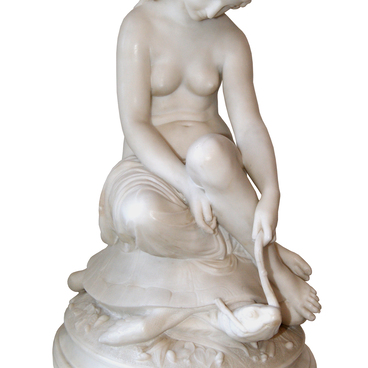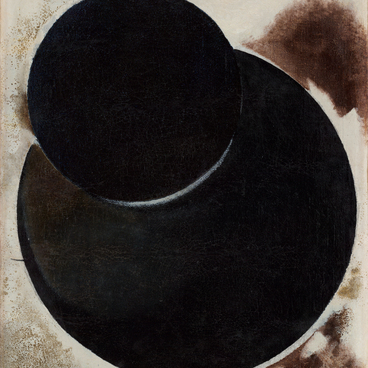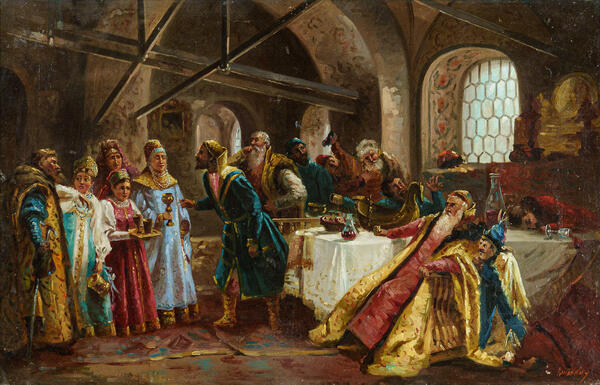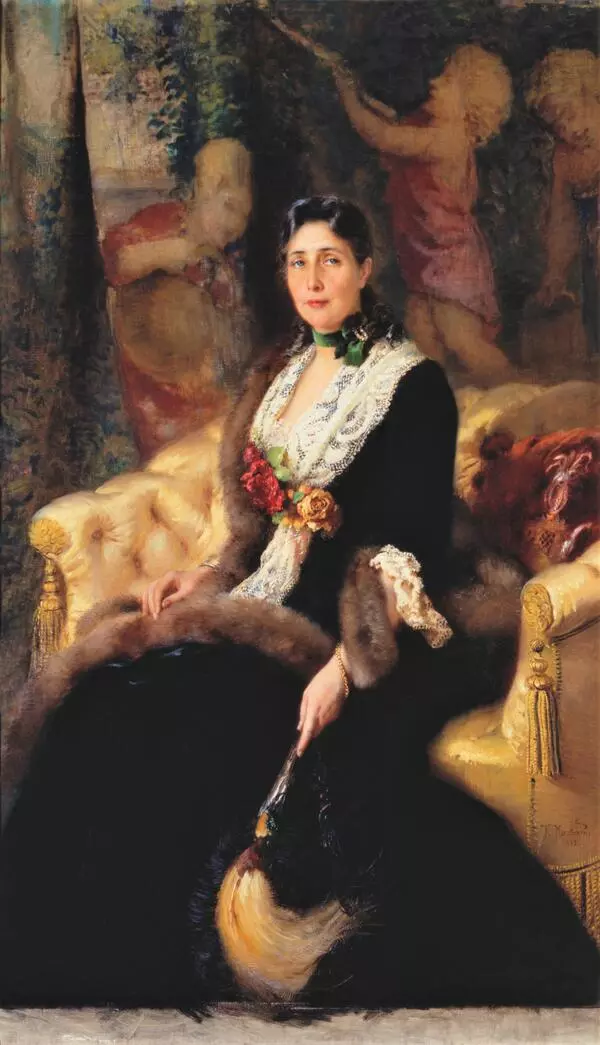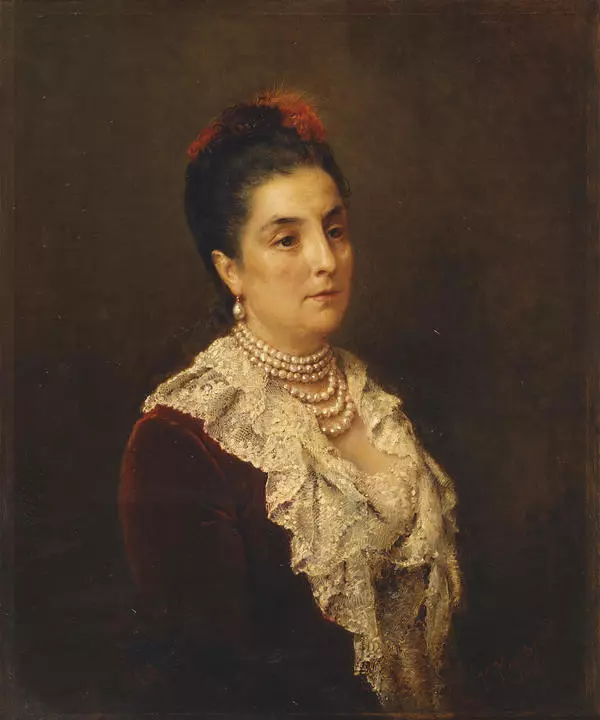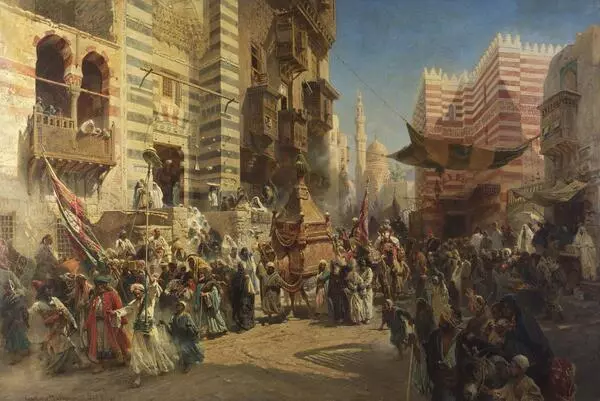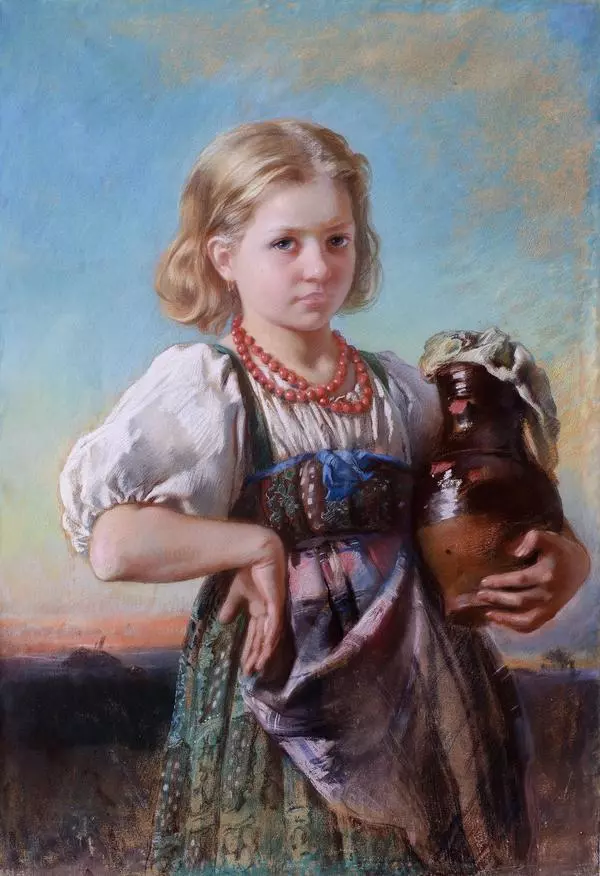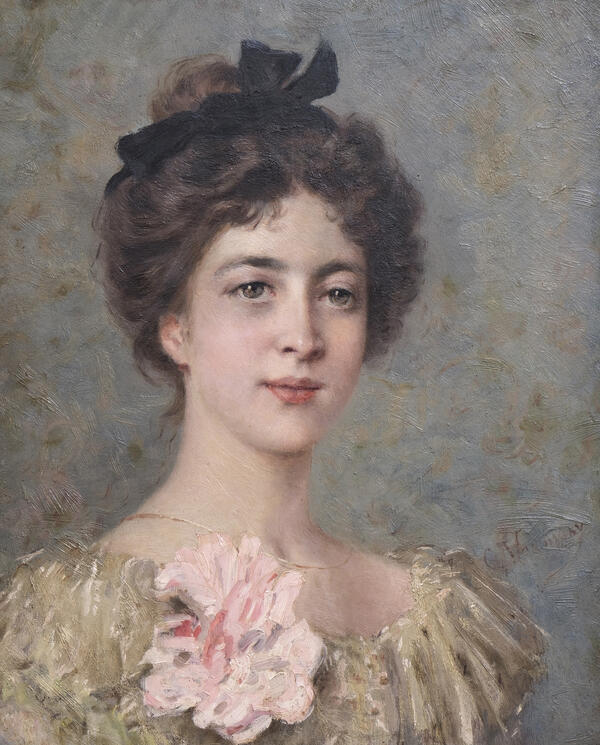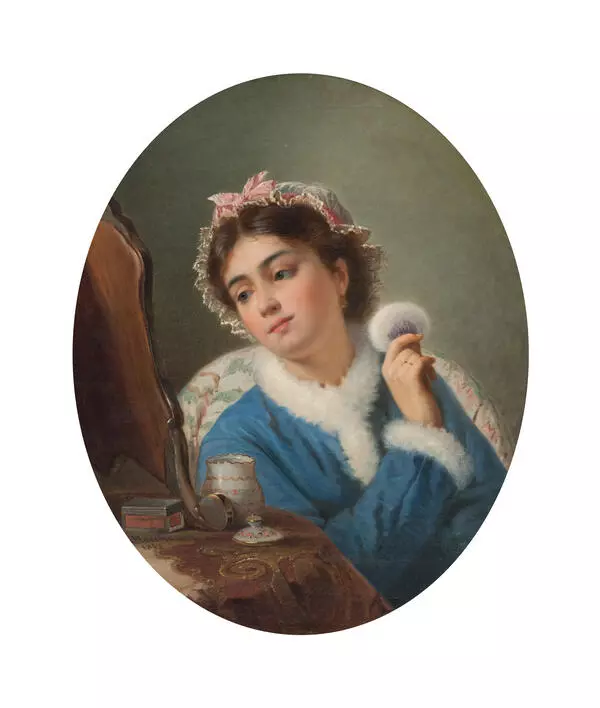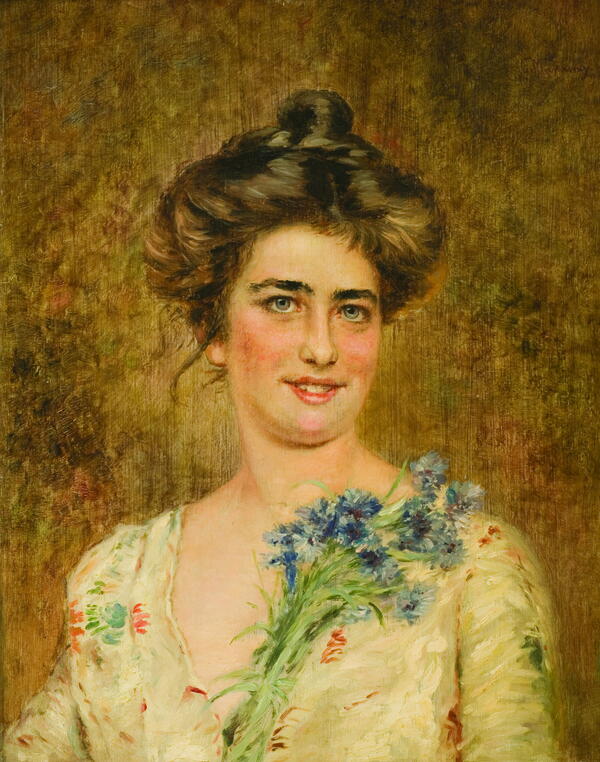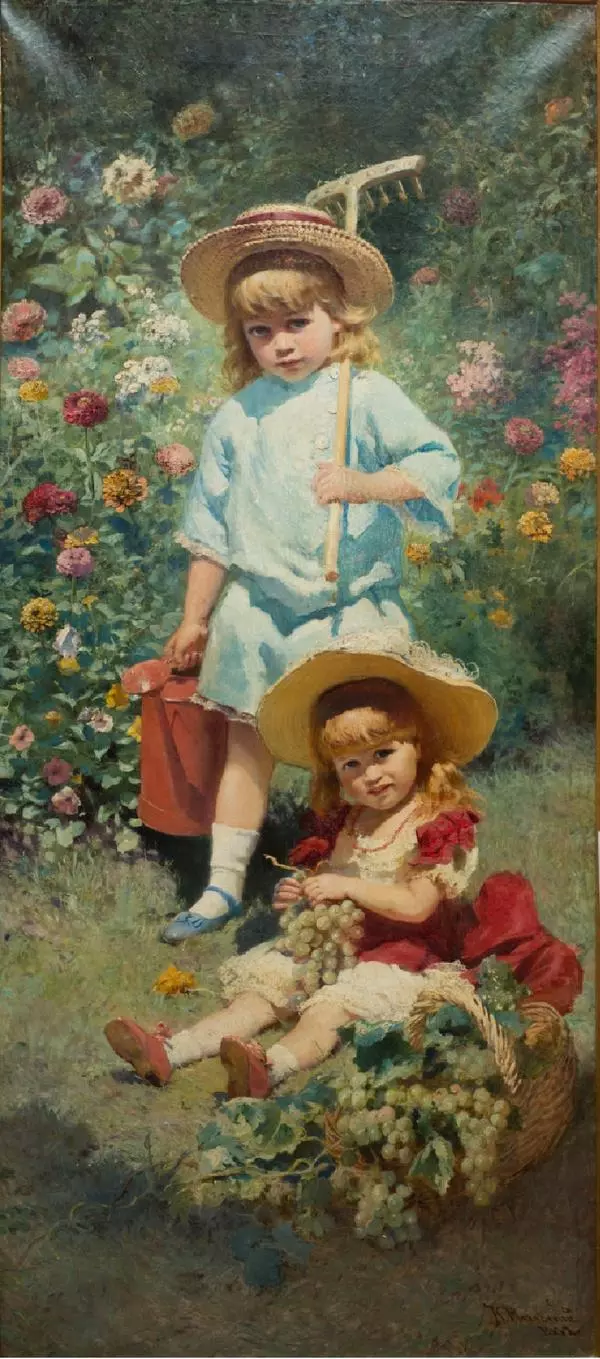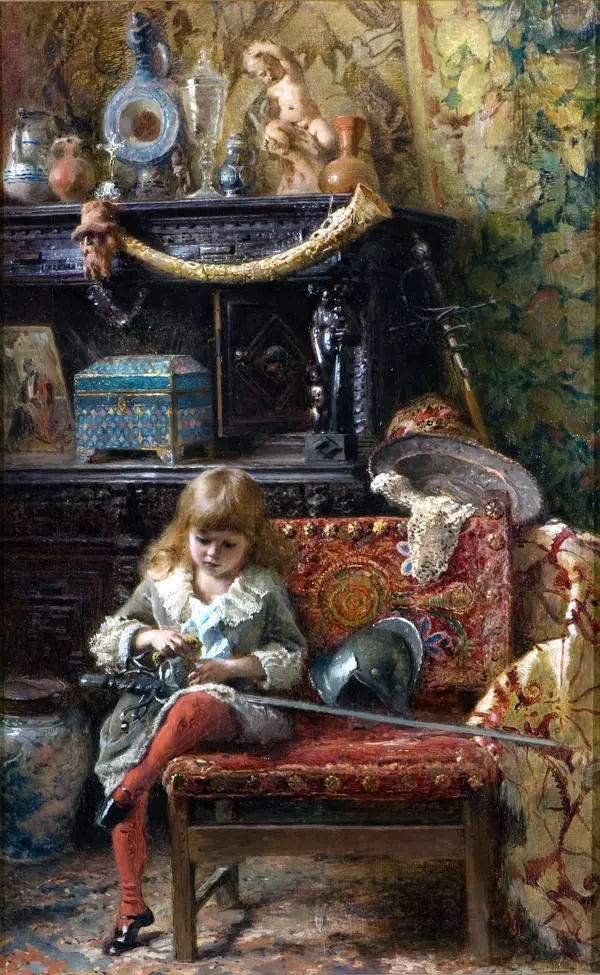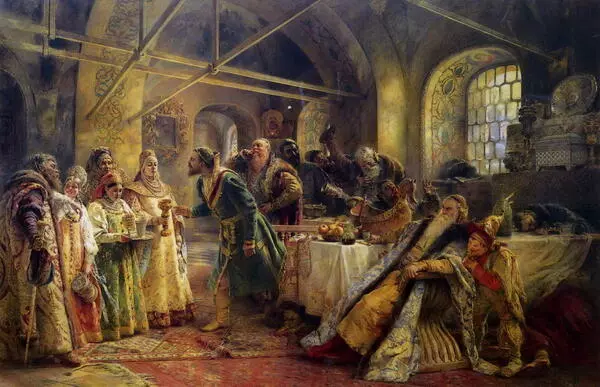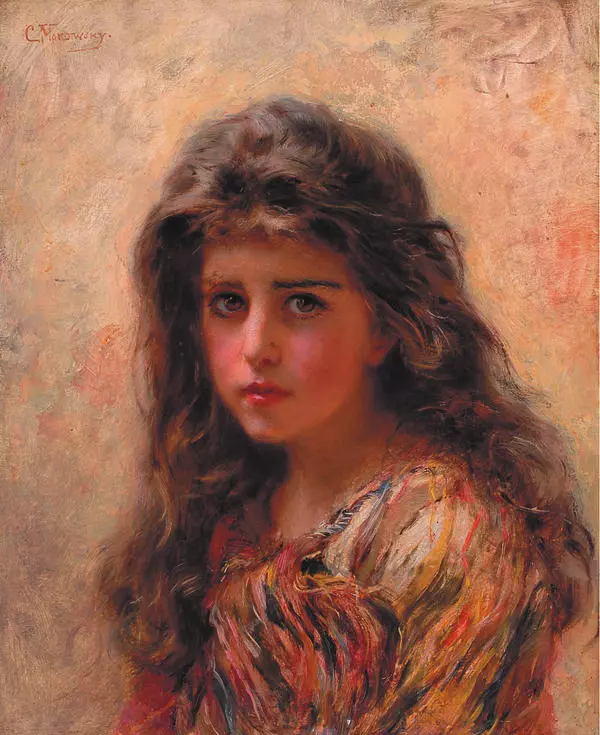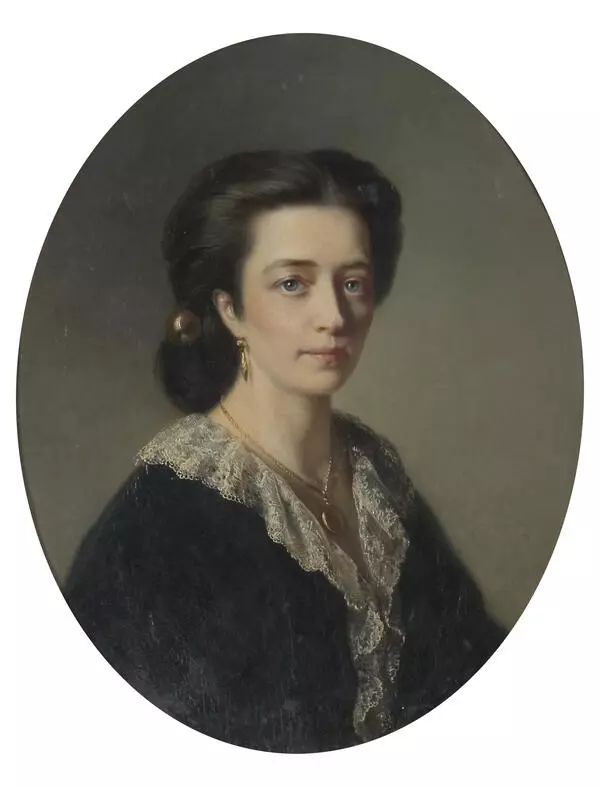In the history of the Russian 19th century fine arts, it is hard to find a more in-demand artist than Konstantin Makovsky (1839 –1915). His contemporaries used to call him ‘Brilliant Kostya’ (a short for Konstantin). His works were esteemed by Emperor Alexander II, and court ladies stood in line to pose for him. Makovsky wrote about himself: ‘I used to earn exorbitant amounts of money, used to live a life of regal splendor, and managed to paint a myriad of pictures, murals, portraits, essays and watercolors’.
The artist became famous thanks to his so-called ‘boyar style’ paintings. Ancient Russia in his works is shown in its full beauty. He experienced great pleasure in depicting authentic and festive Russian ancientry. Makovsky used to paint peasant women in festive folk costumes, folk festivals and domestic scenes of past centuries.





